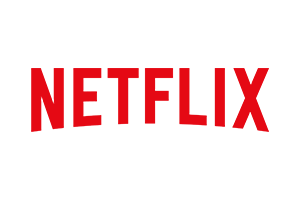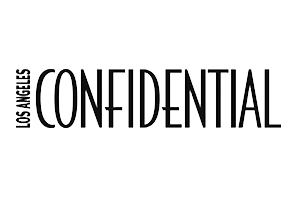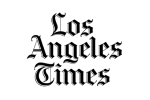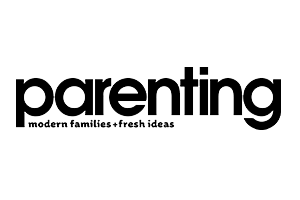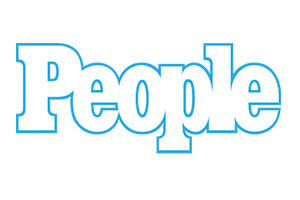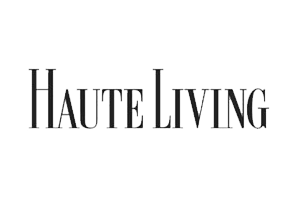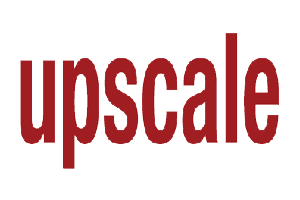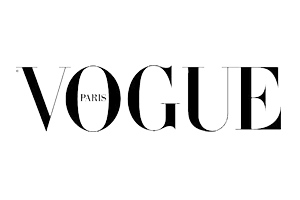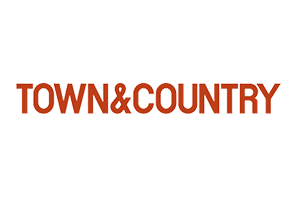Good Fat vs. Bad Fat
August 15th, 2017 | Posted in: Liposuction | Tags: liposuction los angeles
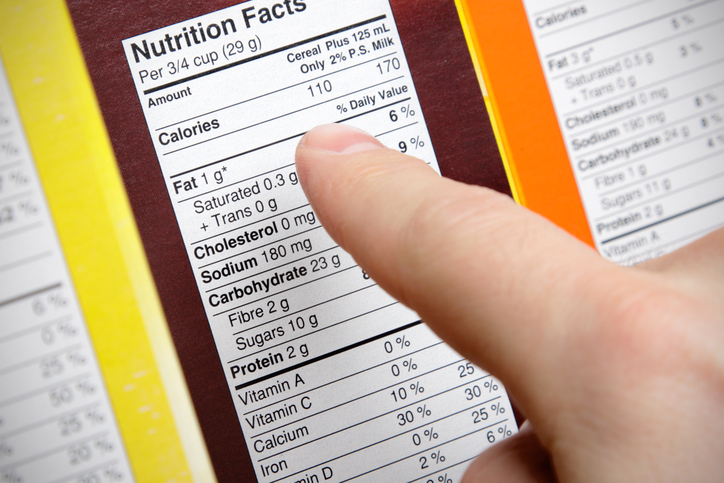
When it comes to health, diets, and the subject of fast, the latter often gets a bad rap. Some of this backlash is usually pretty justified, because certain types of fat play major roles in the onset of cardiovascular disease, diabetes, cancer, and obesity.
Still, it is important to note that not all fats are created equal. Some fats are better for you than others, and may even help to promote good health. Surprisingly, the body actually does need fats in order to live and survive.
Fats are an important part of a healthy diet, providing essential fatty acids, keeping skin soft, delivering fat-soluble vitamins, and serving as a super source of energizing fuel. It’s easy to get confused about good fats vs. bad fats and how much fat we should actually take in or leave out. Often items, clearly understanding the differences between the two can help determine which fats to avoid, which to eat in moderation, and how best to use them to your advantage to keep healthy and happy.
Fast Fat Facts
The U.S. Department of Agriculture’s 2005 Dietary Guidelines recommend that adults get 20%-35% of their calories from fats, and at a bare minimum, it is said that at least 10% of our calories need to come from fat.
A major problem is, however, that the typical American diet is substantially higher in fat, with roughly 34% to 40% of calories come from fat. This might be because fats often enhance the flavors of foods and provide wonderful feelings of satisfaction. They also taste incredibly good and are all too widely available in everyday food supply.
As research continues to evolve on dietary fat, there are some factors that are already crystal clear. Dietary fat is found in both plant and animal based foods Though all foods and oils essentially contain a mixture of fatty acids, the predominant type of fat contained is what makes them “good” or “bad.” There are basically two groups of fats: saturated and unsaturated, and within each group are several more types of fats.
Here are some things to consider the next time you’re scratching your head over good vs. bad fats.
Good Fats
Let’s start with the good guys — the unsaturated fats, which include polyunsaturated fatty acids and monounsaturated fats. When consumed in moderation and used to replace saturated or trans fats, both mono- and polyunsaturated fats can work to help lower cholesterol levels and to reduce the risk of heart disease.
Polyunsaturated fats are found mostly in vegetable oils and help lower blood cholesterol levels and triglyceride levels. One specific type would be omega-3 fatty acids, which are found in everything from fatty fish (salmon, trout, catfish, mackerel) to nuts and flaxseed.
The other “good guys” are monounsaturated fats, which are thought to also reduce the risk of heart disease. Mediterranean countries consume a lot of these, as they come primarily in the form of olive oil.
Monounsaturated fats are typically liquid at room temperature but can solidify when and if refrigerated. Not only are they super heart friendly, but are typically a good source of the antioxidant vitamin E as well (a nutrient often lacking in American diets). Find them in everything from olives, almonds, and hazelnuts, to avocados, cashews, sesame or pumpkin seeds, and canola or peanut oils.
Bad Fats
Now onto the bad guys. There are two types of fat that should be eaten very sparingly– saturated and trans fatty acids, as both can clog arteries, raise cholesterol levels, and increase the risk for heart disease.
Saturated fats are found in animal products (meat, poultry skin, high-fat dairy, and eggs) as well as in vegetable fats that are liquid at room temperature, such as palm or coconut oils. Dietary guidelines typically recommend limiting saturated fats to 10% or less of all calories, while the American Heart Association specifically recommends keeping them to under 7% of total calories. It is important to keep in mind that excess saturated fat easily increases blood cholesterol levels and low-density lipoprotein (LDL) levels, especially when combined with refined carbohydrates.
Some hazardous fats to definitely keep away from include butter, margarine, shortening, beef or pork fat, and basically anything else that is primarily animal-based. Typical sources of saturated fats include everything from dark chicken meat and poultry skin to lard and high fat dairy foods (whole milk, butter, cheese, sour cream, ice cream).
Consider looking into liposuction in Los Angeles, as this has long been a reliable solution to stubborn fat that cannot be worked off through traditional means.
Trans Fats — short for “trans fatty acids,” are equally, if not, even more damaging to health. They appear in foods that contain partially hydrogenated vegetable oils such as fried foods, baked goods, and processed snack foods. Like saturated fat, trans fats raise LDL cholesterol and can also suppress high-density lipoprotein (HDL) levels (or “good” cholesterol) — thereby raising risks of heart disease even more than saturated fat intake.
Liposuction in Los Angeles
The best way to keep on top of the fats in your diet is to become a label reader, as well as to just reduce the total amount of fat in the diet by making sure that the fats consumed are only ones that are “good” not “bad.”
For more information on ways to achieve a healthy lifestyle and for information about liposuction in Los Angeles, feel free to reach out to BHPS. Dr. Gabriel Chiu is a renowned plastic and reconstructive surgeon who specializes in liposuction in Los Angles and whose utmost goal is to help his patients remain actively well, happy, and always at their best.




